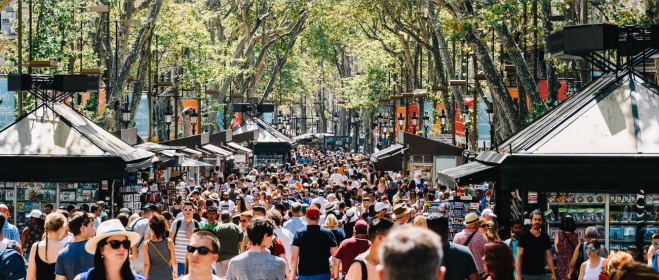Last summer’s anti-tourism protests in Venice, Barcelona, and other European cities marked a breaking point for residents of those communities: The negative impacts of overtourism were outweighing the benefits of their tourism dollars. Around the world, popular destinations have started taking steps to address the issue. Peru began limiting the amount of time visitors can spend in the ruins of Machu Picchu, and some U.S. national parks are considering requiring time-specific reservations.
 +
+Several tour outfitters are joining the fight, too, adjusting their itineraries to minimize impact on popular places, while still offering access to the destination’s most appealing characteristics.
Off-season and off-the-beaten-path trips
Intrepid Travel now focuses on running trips to Europe between October and March, which is considered the off-season. It has also launched trips to less-visited places, including Finland, Poland, Belarus, Moldova, and Cyprus, as well as off-the-tourist-trail areas like southern Morocco instead of Marrakech, or northern Peru instead of Machu Picchu.
The highlight of my recent Intrepid Travel Morocco Atlas and Atlantic trip was visiting the town of Tafraoute in the Anti-Atlas Mountains. The heart of the Berber homeland is far from the bustling souks and resorts of Morocco, and while most tourists head north of Marrakech, we’d gone south. I wandered among uncrowded babouche and jewelry shops, talked with women in argan oil co-operatives, and got to know residents over coffee in local cafés—all while being one of only a handful of visitors in town.
Read the ful article here:
https://www.afar.com/magazine/dont-stop-traveling-how-tour-operators-are-combating-overtourism?

go off the beaten track only is an option if the destination has enough infrastructure to cope with visitors off the beaten track. Means, if the infrastructure isn’t existent, but visitors are told to go off the beaten track, new problems occur and this shouldn’t be part of the “solution”, right?
LikeLike
Agreed, and I thought the article was taking this into consideration.
LikeLike